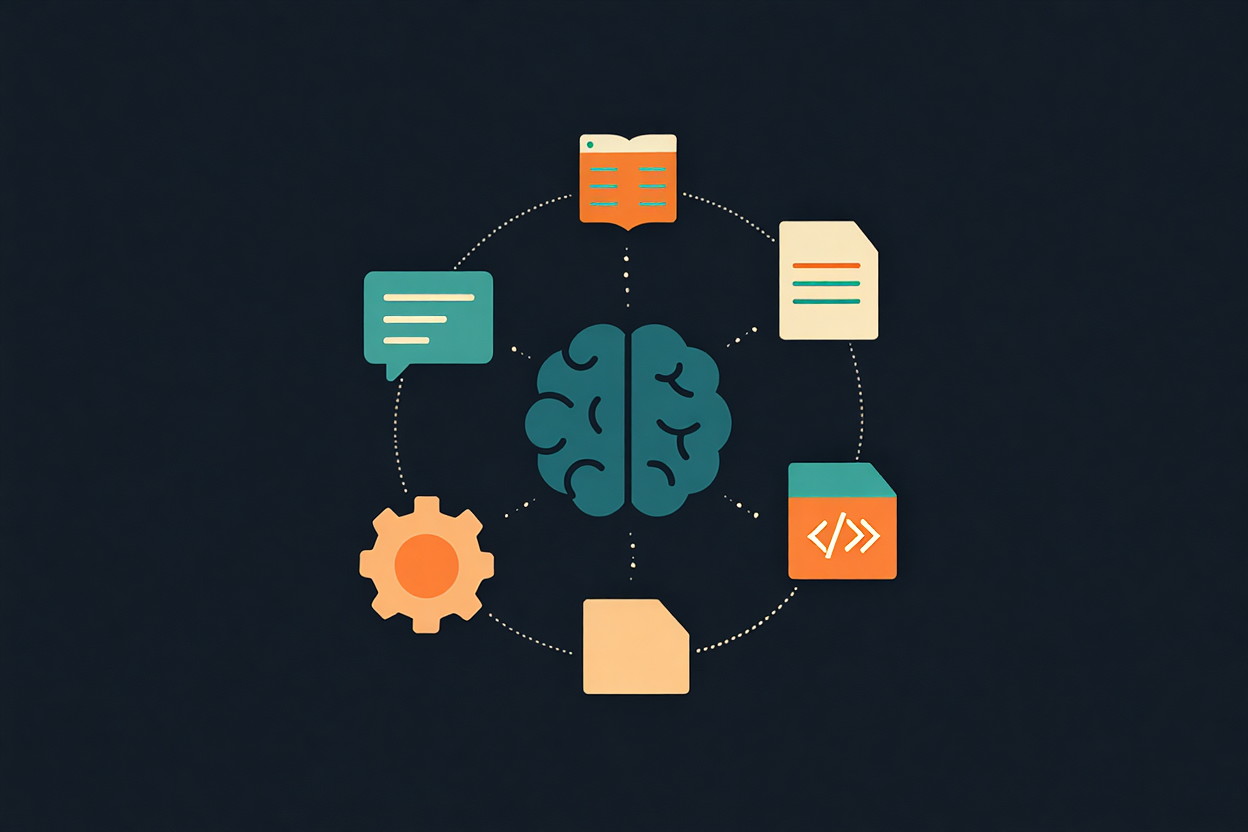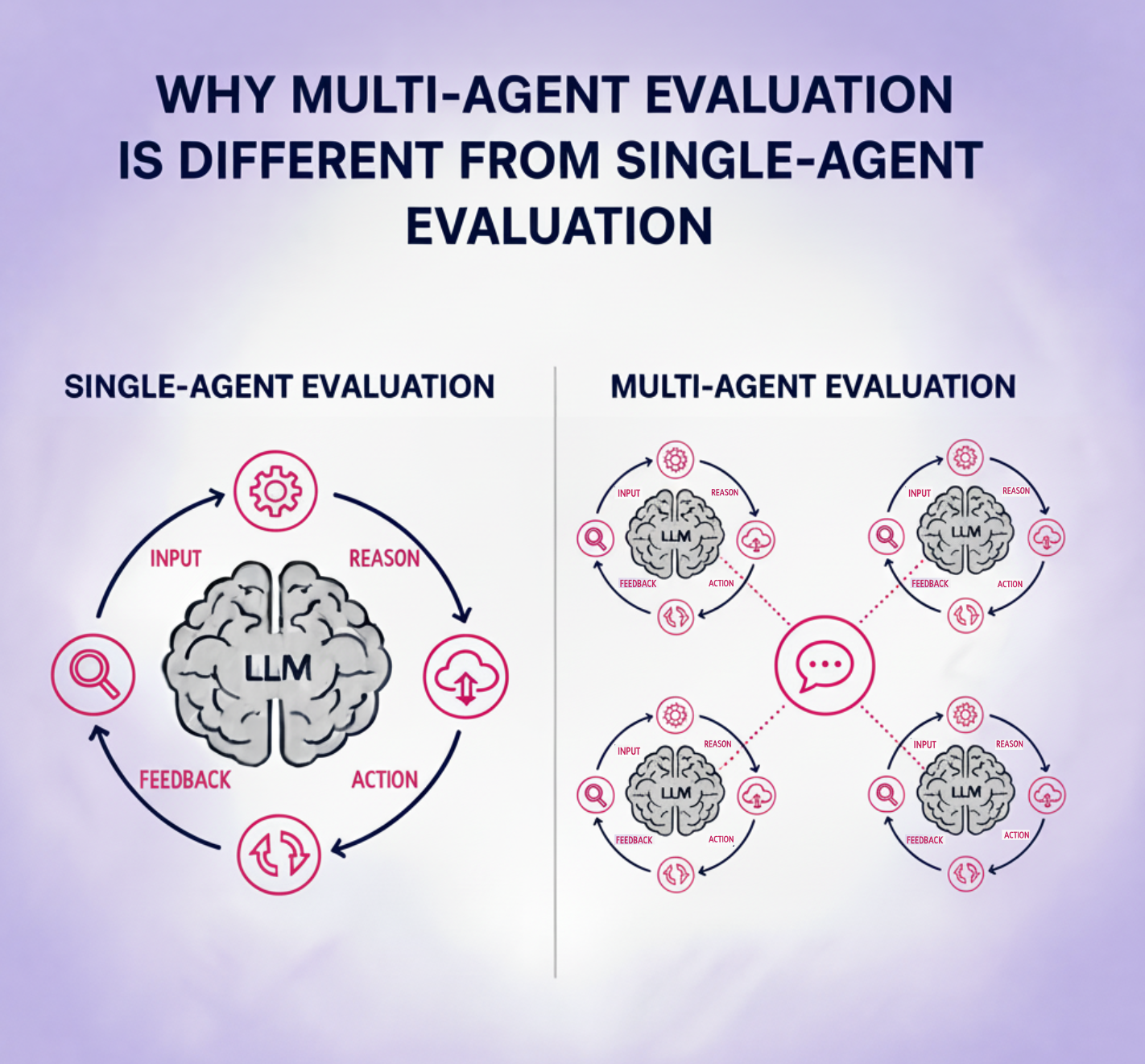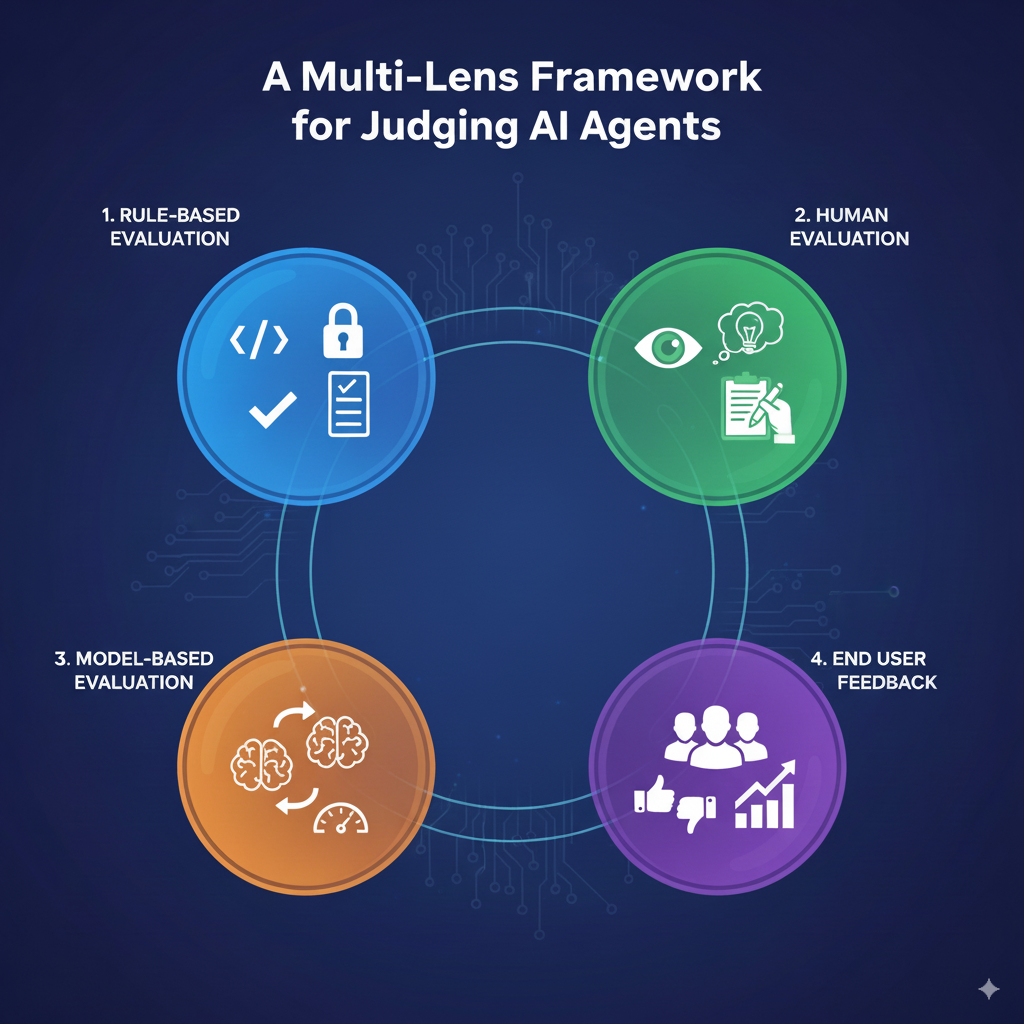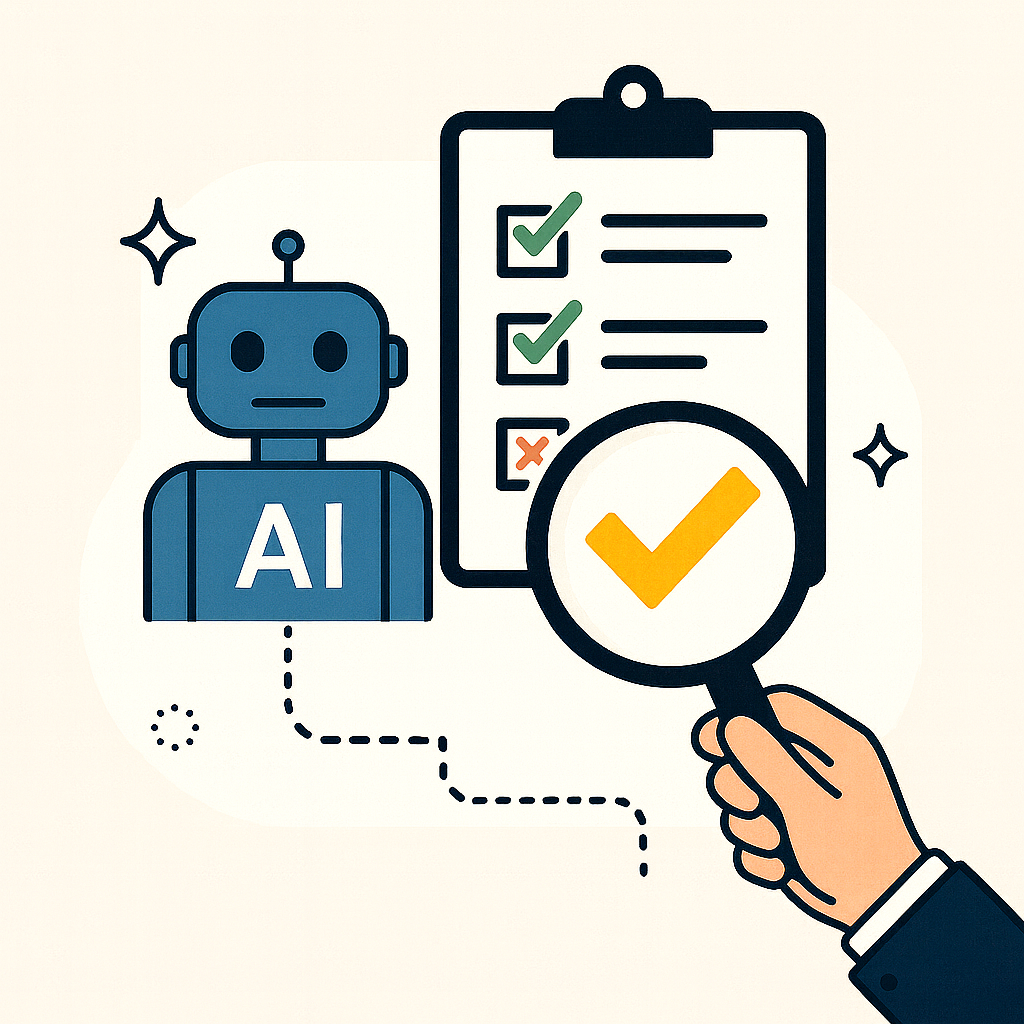Flow Engineering in AI Systems
In this blog, we will explore what Flow engineering is and why it is significant. Unlike traditional prompt engineering, which focuses on crafting individual inputs to elicit desired outputs, flow engineering involves designing comprehensive processes that systematically and iteratively guide large language models (LLMs) through complex tasks. By the end of this blog, you will understand why Flow engineering represents a natural evolution of Prompt engineering in the development of AI applications and how increased Flow engineering can reduce reliance on Prompt engineering.
Understanding LLM-Ops from First Principles
In the rapidly evolving tech landscape, terms like AIOps, LLMOps, and RAGOps are becoming commonplace. But what do they truly signify? When "Ops" is appended to a technology, it often brings hype, but beyond the hyperbole lies real operational value. This blog delves into LLMOps—Large Language Model Operations—from first principles, exploring its significance and the critical components involved, including model management, training data, fine-tuning datasets, prompt engineering, and infrastructure. Understanding these elements is essential for effectively leveraging large language models in today's tech ecosystem.
What Every Business Leader Needs to Know about Retrieval Augmented Generation (RAG) and Why It Matters
In the evolving landscape of AI, Large Language Models (LLMs) like ChatGPT have revolutionized human-computer interactions. However, challenges such as "hallucinations"—instances where models generate plausible-sounding but incorrect information—persist. Retrieval-Augmented Generation (RAG) addresses this by enhancing LLMs with real-time, relevant data, thereby improving accuracy and contextual relevance. This blog explores the origins, mechanics, and key components of RAG, offering insights into its significance for business leaders seeking to leverage AI effectively.
Azure Kubernetes Service (AKS): A Key to Cloud Modernization
In today's cloud-centric world, containerization has become essential for achieving flexibility and scalability in application deployment. Azure Kubernetes Service (AKS) simplifies the complexities of managing Kubernetes by offering a fully managed container orchestration service. This blog explores AKS's architecture, highlighting its key components such as Kubernetes master nodes, agent nodes, Azure Container Registry, networking, and storage solutions. It also delves into the development and business benefits of using AKS, including simplified management, integrated developer tools, advanced networking, automatic upgrades, cost efficiency, scalability, security, compliance, innovation, and global reach.
Significance of DevSecOps for Cloud Native Applications
In today's cloud-first landscape, data breaches serve as urgent reminders for organizations to reassess their security strategies.Cloud-native applications, designed to leverage the cloud's flexibility and scalability, require a more integrated and agile approach to security.This is where DevSecOps comes into play, embedding security into every phase of application development and deployment.This blog provides an in-depth look at the principles, practices, and benefits of adopting DevSecOps for cloud-native environments.By adopting DevSecOps, businesses can enhance security, accelerate time-to-market, ensure compliance, and foster a culture of security awareness.
Optimizing Resume Screening: Leveraging Power Automate and Generative AI for Enhanced Productivity
In the evolving landscape of Human Resources, automating resume screening has become essential for enhancing efficiency and reducing biases. This blog explores how integrating Power Automate and Generative AI can streamline the recruitment process by automating data uploads, triggering workflows, and analyzing resumes to identify top candidates. By adopting these technologies, businesses can focus on strategic initiatives, ensuring a fair and efficient selection process.
Demystifying Hyperautomation: From Traditional RPA to Advanced Integration
In the evolving landscape of automation, understanding the progression from Robotic Process Automation (RPA) to Hyperautomation is crucial. This blog delves into how Hyperautomation integrates RPA with advanced technologies like Artificial Intelligence (AI) and Machine Learning (ML) to automate complex, knowledge-based tasks. By exploring a real-world example, it illustrates how businesses can enhance efficiency and adaptability through intelligent automation.
How Bimodal IT is akin to Joint Task Force
In his book "Team of Teams," General Stanley McChrystal narrates how the Joint Special Operations Task Force underwent a core transformation to effectively combat shape-shifting terrorist organizations. This blog draws parallels between that transformation and the concept of Bimodal IT, as championed by Gartner. It explores how organizations can structure their IT departments to simultaneously address the safety of core business-critical systems and the need for continuous experimentation and innovation to respond to competitive threats.
Neurons-Inspired Solution For Adopting Virtual Assistants
In the rapidly evolving landscape of AI-driven virtual assistants, enterprises face the challenge of integrating multiple communication channels—such as Amazon Echo, Facebook Messenger Chatbots, and other smart devices—into their customer engagement strategies. This blog proposes a neuron-inspired architecture that mirrors the human sensory system, dividing functions into Sensory Modules (handling input and output interactions), Process Modules (managing natural language processing and intent recognition), and Action Modules (orchestrating service integration). By adopting this modular and extensible approach, businesses can seamlessly adapt to emerging technologies and enhance their digital customer experiences.
Friend@Bank – Using Messenger Chatbot
In the era of branchless banking and virtual services, integrating financial management into daily life is becoming increasingly seamless. This blog explores how devices like Amazon Echo can facilitate hands-free, voice-controlled banking, allowing users to perform tasks such as scheduling bill payments through simple voice commands. It also addresses critical considerations like security measures, including voice authentication and two-factor verification, and the potential of location-based services to enhance transaction processing and fraud detection.




















